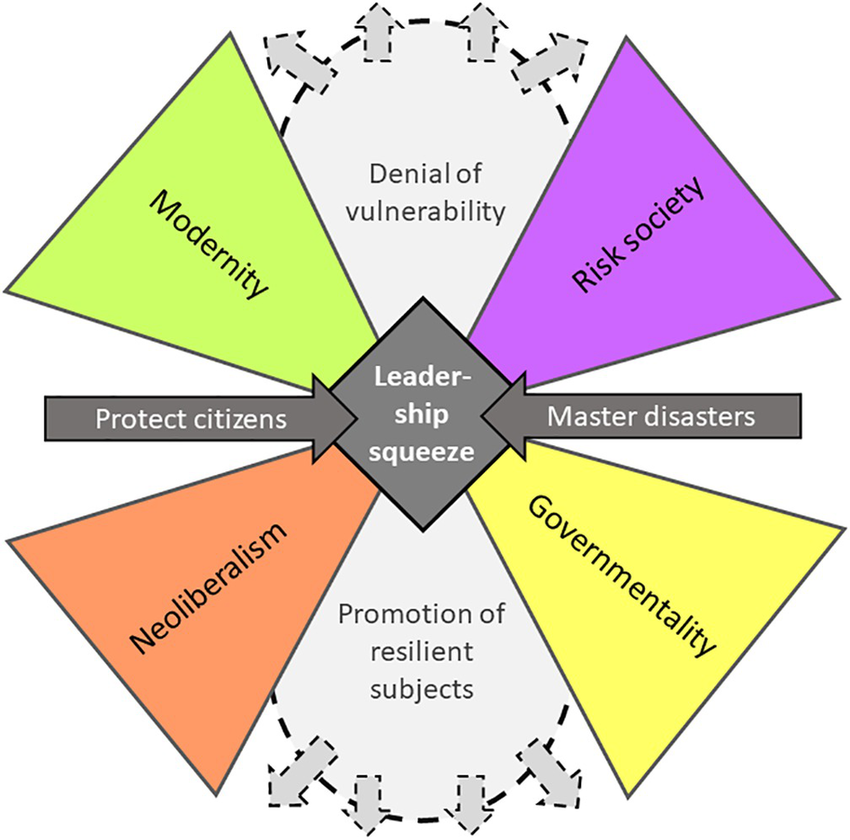Definition: Leadership dilemmas arise when managers face conflicting expectations, motives, or constraints that cannot be resolved without compromise. These intra-role conflicts are inherent to the leadership role and are often a source of internal stress.
Core Concept
According to Neuberger, leadership is unavoidably shaped by contradictions. Supervisors are not fully autonomous—they operate within systemic, organizational, and interpersonal constraints. As a result, they must continually navigate tensions between competing values or demands, many of which cannot be resolved through clear-cut decisions.
Ignoring these dilemmas can result in repression and dysfunction, while consciously confronting them allows for more authentic and adaptive leadership.
The 13 Leadership Dilemmas (Neuberger)
| Dilemma | Pole A – Emphasis on… | Pole B – Versus… |
|---|---|---|
| 1. Means vs. End | Employees as tools for performance | Employees as ends in themselves (self-fulfillment) |
| 2. Equality vs. Equity | Equal treatment, fairness, uniform rules | Case-by-case decisions, relationship sensitivity |
| 3. Distance vs. Closeness | Hierarchical gap, status, formality | Personal connection, empathy, informal interaction |
| 4. Control vs. Autonomy | External direction, oversight, structure | Freedom, independence, self-governance |
| 5. Specialization vs. Generalization | Deep expertise in a narrow field | Broad perspective, systemic understanding |
| 6. Total vs. Divided Responsibility | Full accountability by manager | Delegated responsibility with shared accountability |
| 7. Stability vs. Change | Rule-following, consistency, risk aversion | Flexibility, adaptability, innovation |
| 8. Competition vs. Cooperation | Performance rivalry, challenge, individualism | Teamwork, harmony, mutual support |
| 9. Activation vs. Restraint | Motivation, stimulation, drive | Letting go, patience, trusting natural development |
| 10. Internal vs. External Focus | Focus on team cohesion and internal affairs | Focus on networking, external stakeholders, advocacy |
| 11. Goal vs. Process Orientation | End results, outcome accountability | Journey, quality of collaboration, learning |
| 12. Reward vs. Value Orientation | Exchange, incentive logic, short-term | Principle-driven, values-based, long-term development |
| 13. Self- vs. Group Orientation | Pursuit of own agenda and career | Serving team and collective goals |
Practical Implications
-
These dilemmas are not binary choices but tensions to be balanced depending on the situation.
-
Managers often face ambivalence, as both poles represent legitimate needs or values.
-
Effective leadership requires context-sensitive navigation, self-awareness, and reflection.
Challenges
-
❗ No perfect solution: Often there is no “right” answer—only trade-offs.
-
⚠ Emotional strain: Prolonged exposure to unresolved conflicts can lead to stress or burnout.
-
🧱 Cultural taboos: Admitting to such dilemmas may be seen as weakness in some organizations.
Recommendations
-
Foster open dialogue about leadership ambivalence during training and coaching.
-
Promote peer exchange among managers to normalize and explore shared leadership tensions.






![15 Employee Offboarding Templates That Save Hours of HR Time [Free Downloads] 15 Employee Offboarding Templates That Save Hours of HR Time [Free Downloads]](https://i1.wp.com/www.hrcloud.com/hubfs/Header.png?w=150&resize=150,100&ssl=1)
